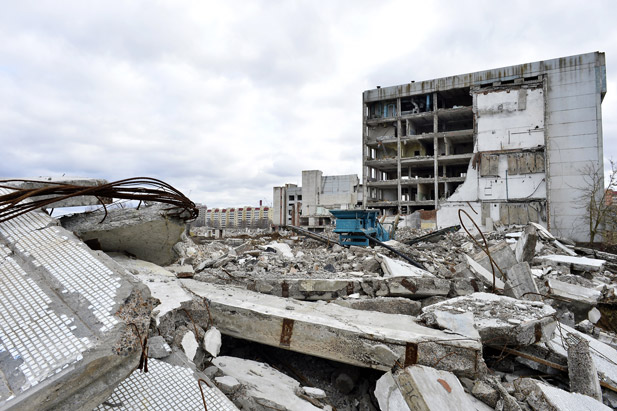University oceanographer comments on September 8 Pacific tsunami
Greg Crawford, PhD, is the Dean of the university’s Faculty of Science
September 8, 2017

A major earthquake, estimated at magnitude 8.1, rocked the coastal Mexican province of Chiapas on Friday, September 8, causing significant destruction and reports at least 38 deaths.
It is the strongest earthquake experienced by Mexico in more than a century. A 8.0-magnitude quake in 1985 claimed an estimated 9,500 lives in the Mexico City area.
Greg Crawford, PhD, University of Ontario Institute of Technology oceanographer and Dean of the Faculty of Science, explains some of the science behind the September 8 earthquake:
“The earthquake epicentre was located roughly 100 kilometres off the southern Mexico’s Pacific coast. The quake also generated a local tsunami that measured as high as 1.8 metres (almost six feet). The worst of the tsunami was limited to a relatively small region, mostly around coastal Chiapas.
The earthquake occurred about 70-kilometres beneath the ocean surface in an offshore subduction zone, where two continental plates (North American and Cocos) are colliding. At these kinds of locations, every once in a while one plate moves a little under the other, generating an earthquake. When you have an ocean above that location, the forces generate a shift of an enormous volume of water, sometimes creating a tsunami.”
Dr. Crawford is available for media interviews by contacting:
Communications and Marketing
University of Ontario Institute of Technology
905.721.8668 ext. 6709
289.928.3653 (cell)
communications@ontariotechu.ca



